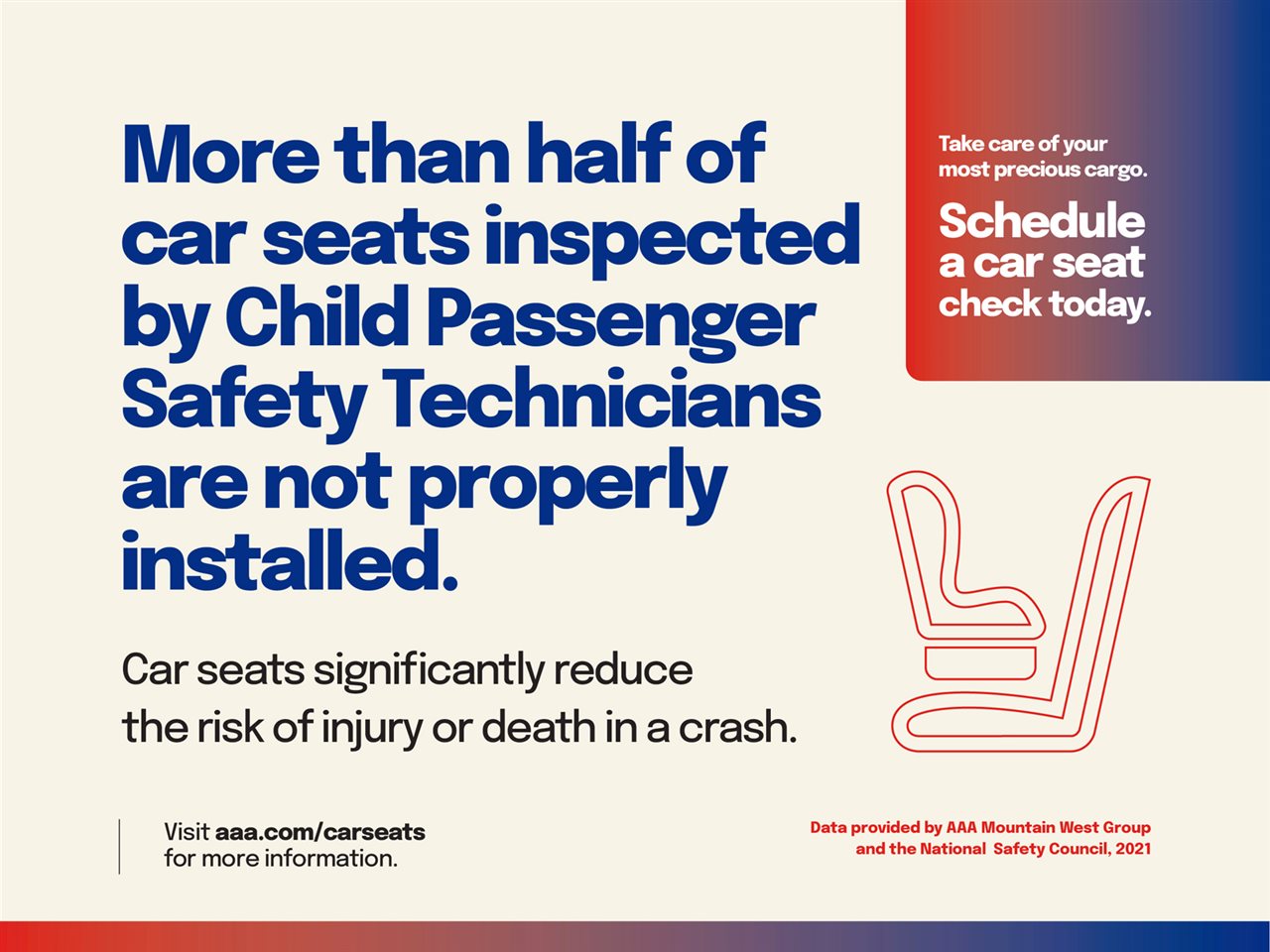2021-10-01T06:01:00
(BPT) – As vaccinations have become more widely available,[1] many people are starting to resume pre-pandemic activities.[2] For the 30 million Americans ages 40 and older impacted by overactive bladder or “OAB”, [3] returning to pre-pandemic activities can be stressful, as well as embarrassing, if they are worrying about the whereabouts of the nearest restroom.4 Unfortunately, this feeling of embarrassment means many with OAB are reluctant to discuss their symptoms, even with their own doctor.[4]
To call attention to the issue, TV host and journalist Debbie Matenopoulos connected with a women’s healthcare provider and patient to learn about the condition.
“While this is not something I’m dealing with in my life, OAB can affect women especially those my age and older,”2 said Matenopoulos. “I wanted to learn more about it and encourage anyone who may be reluctant to get help.”
Matenopoulos interviewed a woman named Marie, diagnosed by her physician with overactive bladder 8 years ago, as well as women’s health care expert Jo Ann Fisher, NP, to learn more about the symptoms, behavioral modifications and treatments for overactive bladder.
What is OAB?
“Overactive bladder is a condition marked by symptoms of urinary urgency, that ‘gotta go’ feeling, and frequent urination — generally eight or more times per day — and sometimes leaking urine,”2,[5] explained Fisher. “Overactive bladder can occur at any time of life, although it is more common in people as they age.”2,3
These symptoms can impact daily routines, especially when away from the home environment.[6]
“If I was at the pool swimming, I’d have to get out of the water and rush to the bathroom, quickly trying to undo my wet bathing suit while feeling that strong urge to urinate,” said Marie. “When I was at the gym, I’d get set up on the treadmill and frequently have to run to the ladies’ room. Exercising became really difficult.”
What can you do about OAB symptoms?
“Talk to your healthcare provider,” recommended Fisher. “It may not be easy to bring up, but your doctor is trained to understand OAB symptoms and can offer you the best advice.” [7]
If you’re mapping out where the bathrooms are or wearing darker clothing in case of leakage, it may help you to tell your doctor about what symptoms you’re experiencing.3
“When I started experiencing OAB symptoms, I was in tears. My husband encouraged me to talk to my doctor,” said Marie. “I have a friend who started experiencing symptoms of urinary urgency and frequency during the quarantine. She was at home anyway near her bathroom, but now that restrictions have lessened, she’s worried about her frequent need to run to the restroom. I shared my experience with her, and I hope to share it with others, because these symptoms can be managed.”
Management and treatment of OAB
Fisher recommends proactive measures that can help manage OAB symptoms, which your doctor may also advise. These include:
- Avoiding dietary triggers that can worsen OAB symptoms, such as caffeine or acidic foods and drinks like red wine, tomato products and citrus.[8]
- Keep a “bladder diary” to discover what foods or beverages make your symptoms worse.6
- Strengthen your pelvic floor muscles by learning to do “kegel” exercises.[9]
- Prescription medication. Your doctor may also recommend prescription medication. For example, Myrbetriq (mirabegron extended-release tablets) is a prescription medicine for adults used to treat overactive bladder with symptoms of urinary urgency, frequency and leakage.[10]
“Myrbetriq has been on the market for nearly a decade since being FDA approved in 2012,”9 said Fisher. “It can help the bladder store urine.9 I talk to my patients about risks associated with Myrbetriq, including the potential for increased blood pressure, inability to empty the bladder and angioedema.”9 Please see additional Important Safety Information below.
Matenopoulos will be sharing highlights from her interview with Marie and Jo Ann Fisher via her social media. The full interview will be available for viewing on Myrbetriq.com.
“I learned a lot from this interview, and want to thank Jo Ann and Marie for sharing their experiences with me,” said Matenopoulos. “While I personally do not have OAB, I think it’s important for women with this condition to know they are not alone and that there is help out there.”
To learn more about Marie’s story and treatment for overactive bladder symptoms, visit Myrbetriq.com.
Use of Myrbetriq
MYRBETRIQ® (mirabegron extended-release tablets) is a prescription medicine for adults used to treat overactive bladder (OAB) with symptoms of urgency, frequency and leakage.
Important Safety Information
Do not take MYRBETRIQ if you are allergic to mirabegron or any ingredients in MYRBETRIQ.
MYRBETRIQ may cause your blood pressure to increase or make your blood pressure worse if you have a history of high blood pressure. You and your doctor should check your blood pressure while you are taking MYRBETRIQ. Call your doctor if you have increased blood pressure.
MYRBETRIQ may increase your chances of not being able to empty your bladder. Tell your doctor right away if you have trouble emptying your bladder or you have a weak urine stream.
MYRBETRIQ may cause an allergic reaction with swelling of the face, lips, throat or tongue with or without difficulty breathing. Stop using MYRBETRIQ and go to the nearest hospital emergency room right away.
Tell your doctor about all the medicines you take including medications for overactive bladder or other medicines especially thioridazine (Mellaril™ and Mellaril-S™), flecainide (Tambocor®), propafenone (Rythmol®), digoxin (Lanoxin®) or solifenacin succinate (VESIcare®). MYRBETRIQ may affect the way other medicines work, and other medicines may affect how MYRBETRIQ works.
Before taking MYRBETRIQ, tell your doctor about all of your medical conditions, including if you have liver or kidney problems.
The most common side effects of MYRBETRIQ include high blood pressure, pain or swelling of the
nose or throat (nasopharyngitis), urinary tract infection, and headache.
For further information, please talk to your healthcare professional and see accompanying Patient Product Information and complete Prescribing Information for MYRBETRIQ® (mirabegron extended-release tablets).
You are encouraged to report negative side effects of prescription drugs to the FDA. Visit www.fda.gov/medwatch or call 1-800-FDA-1088.
To learn more about Marie’s story and treatment for overactive bladder symptoms, visit Myrbetriq.com.
This article is not intended to be a substitute for professional medical advice, diagnosis or treatment. Always talk with your doctor before starting any diet or exercise program. This article is sponsored by Astellas. Marie is a real Myrbetriq patient. Astellas compensated Marie to share her story. This article features other participants, including a healthcare professional, who have been compensated by Astellas.
Myrbetriq® is a registered trademark of Astellas Pharma Inc. All other trademarks or registered trademarks are the property of their respective owners.
© 2021 Astellas Pharma US, Inc. All rights reserved.
[1] CDC. Key Things to Know About COVID-19 Vaccines (08-19-2021). https://www.cdc.gov/coronavirus/2019-ncov/vaccines/keythingstoknow.html. Accessed 08-26-2021.
[2] The Associated Press-NORC Center for Public Affairs Research. The June 2021 AP-NORC Center Poll (06-18-2021). https://apnorc.org/wp-content/uploads/2021/06/COVID-June-topline.pdf. Accessed 08-02-2021.
[3] Coyne KS, Sexton CC, Vats V, Thompson C, Kopp ZS, Milsom I. National community prevalence of overactive bladder in the United States stratified by sex and age. Urology 2011;77(5):1081-7.
[4] MacDiarmid SA. Maximizing the treatment of overactive bladder in the elderly. Rev Urol 2008;10(1):6-13.
[5] Gormley EA, Lightner DJ, Burgio KL, et al. Diagnosis and treatment of overactive bladder (non-neurogenic) in adults: AUA/SUFU guideline. American Urological Association Education and Research, Inc. 2019.
[6] Reynolds WS, Fowke J, Dmochowski R. The burden of overactive bladder on U.S. public health. Curr Bladder Dysfunct Rep 2016;11(1):8-13.
[7] Wyman JF, Burgio KL, Newman DK. Practical aspects of lifestyle modifications and behavioural interventions in the treatment of overactive bladder and urgency urinary incontinence. Int J Clin Pract 2009;63(8):1177-91.
[8] Interstitial Cystitis Network. 2012 ICN Food List for Interstitial Cystitis, Bladder Pain Syndrome, Overactive Bladder (2012). http://icnetwork.com/downloads/2012icnfoodlist.pdf. Accessed 04-21-2021.
[9] National Institutes of Health. What I Need to Know About Bladder Control for Women. NIH Publication No. 07-4195. Bethesda, MD: National Kidney and Urologic Diseases Information Clearinghouse, 2007.
[10] Myrbetriq [package insert]. Northbrook, IL; Astellas Pharma U.S., Inc.












